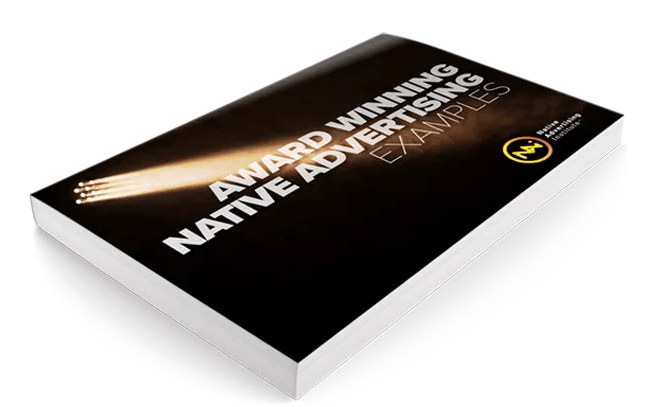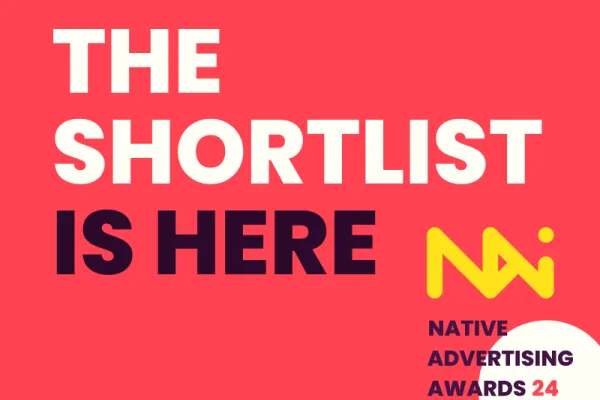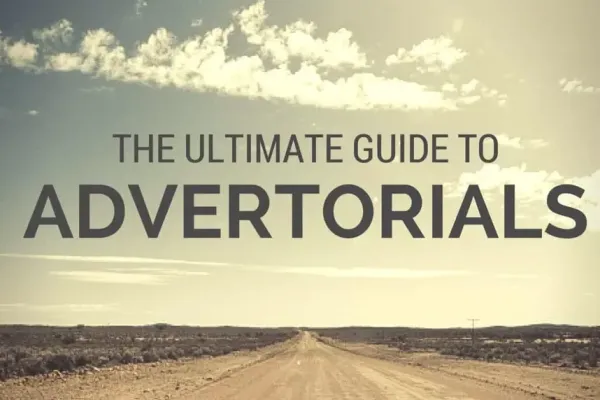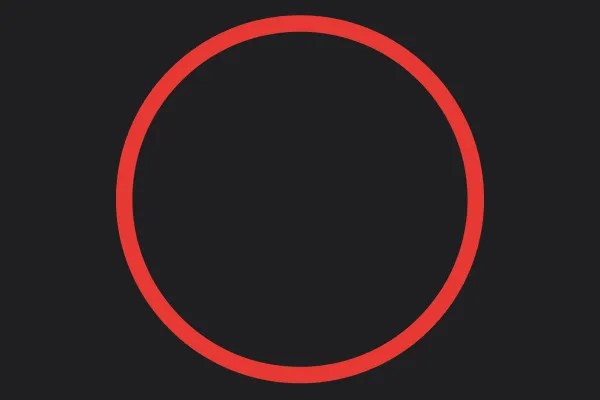This article is part of a series of interviews that NAI has conducted with the directors of publishers’ Native Ad Studios around the world.
Please reach out if you want to add your Native Ad Studio to the series.
Today with Doug Most, Director, Strategic Growth Initiatives and Head of BG BrandLab which is the brand studio of Boston Globe Media. Among its publications is The Boston Globe -- a 26-time Pulitzer Prize winning news source with the largest newsroom in the New England region, which gained international fame due to the Oscar winning movie 'Spotlight' about the paper's investigative journalist unit.
The brand studio was founded in 2016 and we asked Doug Most to give us some background as to why the company decided to set up the studio and to explain how it is organized.
The growth has been exciting and we're only getting started.
"The Boston Globe had been producing brand content for several years, recently ramping up the business aggressively. In 2016, a team of copywriters, business managers, designers, and editors were brought together in a more cohesive fashion to pursue more brand content business.
Boston Globe Media designers created the BG BrandLab website, social media channels were launched, and the advertising sales team began a more aggressive outreach with brands to emphasize the Globe's unique position to tell their stories in a powerful and engaging way to New England's largest media-consuming audience. In early 2017, BG BrandLab enhanced its storytelling platform, with an ability to produce more interactive graphics and stories.
In 2016, we worked with about a half dozen clients on brand content. Already in 2017, we have 25 different businesses working with us, from hospitals to major retail brands, to non-profits, to travel and tourism organizations to major global businesses, and more. The growth has been exciting and we're only getting started."
Setting the Native Ad Studio team
As a former editor in the Boston Globe newsroom, I run the content studio much like I ran sections of the newspaper I oversaw including the Boston Globe Sunday Magazine. I oversee proposals and assignments, working closely with our ad sales team and business development manager, as well as our tremendous team of designers, copywriters, and a growing network of freelance writers to help produce our content.
My team is recruited both internally and externally and I look for skills like creativity, outside-the-box thinking, broad and clear industry knowledge. The team works equally closely with our sales team as well as the marketing team.
Deciding which campaigns will or won't be done is always a collaborative effort, based on budgets, sales strategy, and the content ideas.
The sales staff leads the dialogue with clients closely, with the content team brought in very early when the conversation turns to content strategy.
Producing native advertising
We work like a mini-newsroom. When a brand comes to us wanting to talk about content as a solution for their needs, we research the brand like reporters and editors, we understand their history, their strategy, their goals, and we talk to them about what they hope to accomplish with a content campaign.
We brainstorm internally, thinking of creative solutions that might involve stories, interactive graphics, videos, Facebook Live, newsletters, or other possible ways to help the brand reach their desired audience with the best possible content. We bring the writers on board once the concept has been solidified. The content strategy is developed internally first.
We don't have editorial guidelines for our brand studio. Each campaign is unique, but all our content is labeled as either "Sponsored content" or "Provided by" content.
The Boston Globe newsroom had a lot of questions about how the content would be produced.
I wouldn't say that we have experienced skepticism about the brand studio from the editorial side. I would say there have been questions, all of them totally fair and reasonable. The Boston Globe newsroom had a lot of questions about how the content would be produced, who would the writers be, how clearly would it be labeled. We've worked closely with our newsroom to assure them of our standards, and that nothing is more important than maintaining and upholding all the journalistic values and credibility that The Boston Globe stands for. As a former editor in that newsroom, nothing is more important to me.
Selling, pricing and measuring native advertising
Our newsroom editorial team is not involved in selling advertising. The brand content editorial team, however, is closely involved once the discussion turns to a content-based solution.
Brand content seems pretty clearly to be the direction that advertising is moving, and as a powerful media organization known for storytelling, it's a perfect opportunity for us. We emphasize that our own mini-newsroom can function much like a traditional newsroom. We can pounce quickly on a content solution that has news value and must get up quickly.
For all our brand content campaigns we produce a weekly detailed report for our clients.
We can also be thoughtful and take our time with a beautiful, smart, engaging campaign that might unfold over weeks or months. We emphasize creative and interactive storytelling with an emphasis on social media and mobile platforms. And we show them our work with local, regional and national brands to showcase all the different ways we can tell stories.
We view brand content as a premium solution and work closely with brands to meet their budgets. For all our brand content campaigns we produce a weekly detailed report for our clients that shows benchmarks and results on everything from time spent on the articles to impressions and other factors.
Now, we work very closely with creative agencies all the time on campaigns, it's a relationship we understand and value highly.
What BG BrandLab learned
We never want to stop learning and innovating and be satisfied. Make sure we never forget this has to be a collaborative process, between us and our client. Finally, I'd say it's important to play to our strengths, emphasize why we are the perfect and ideal partner for a brand to work with, because of our audience, our creativity, our ability to work quickly and collaboratively, and our unrivaled knowledge of what makes our region tick.
 By
By 



